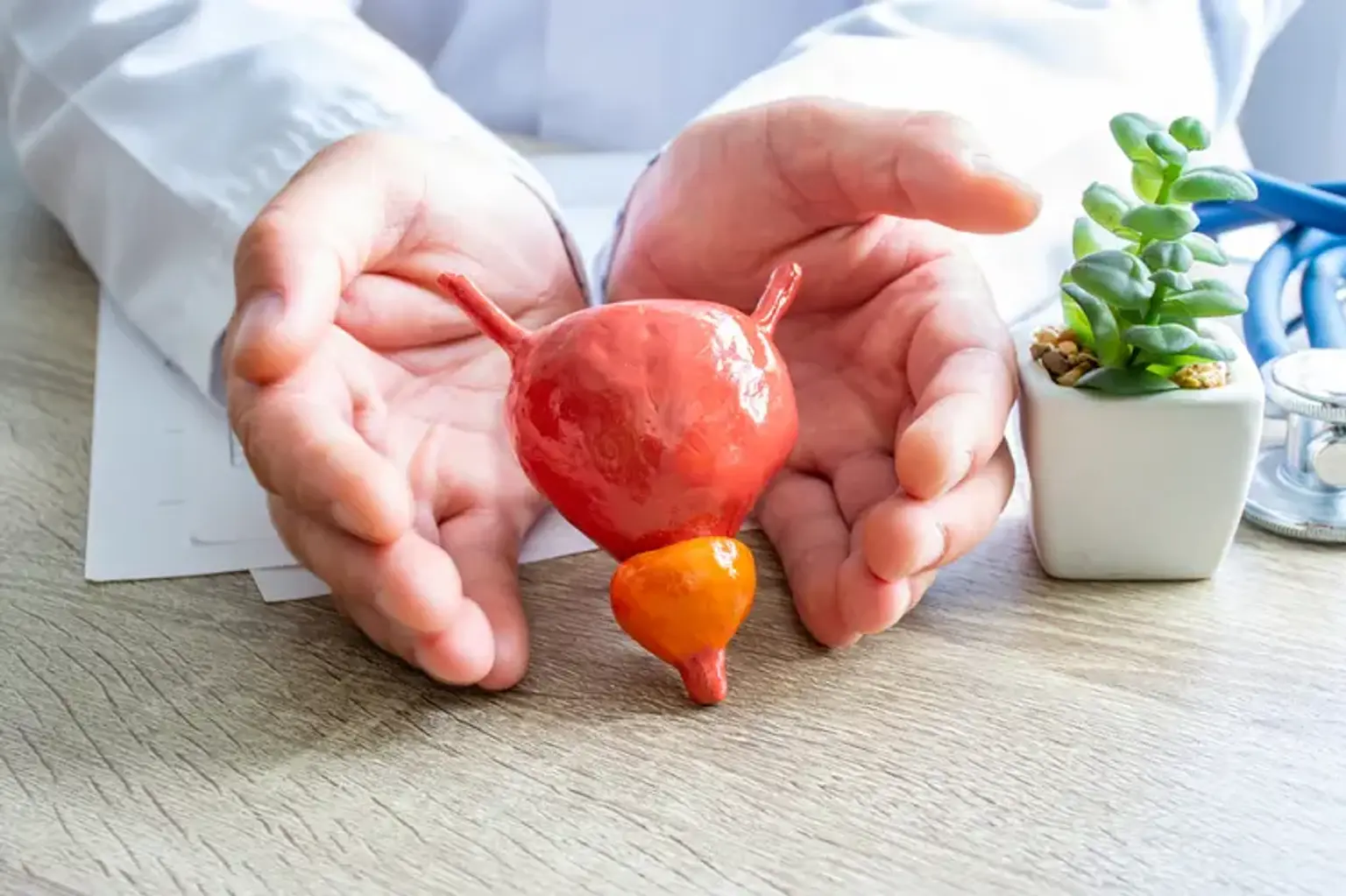Prostate disease
What is prostate gland?
In the male reproductive system, the prostate is a tiny, muscular gland. It is a small gland positioned between the bladder and the penis. The prostate is located just in front of the rectum. The urethra connects the bladder to the penis and travels through the middle of the prostate, allowing urine to exit the body. Your prostate surrounds your urethra and produces the majority of the fluid in your sperm. During sexual climax, the prostate's muscular movement helps drive fluid and sperm into your penis.
The prostate's principal role is to supply prostatic fluid to sperm. The prostate contributes 20-30% of the fluid to the overall amount of sperm. The remaining is derived from seminal vesicles (50-65%) and testicles (5 percent).
Prostatic fluid includes enzymes, zinc, and citric acid, which make semen an optimal environment for sperm cells to survive in. Prostate-specific antigen (PSA) is an essential enzyme that helps make the sperm thinner and more fluid.
